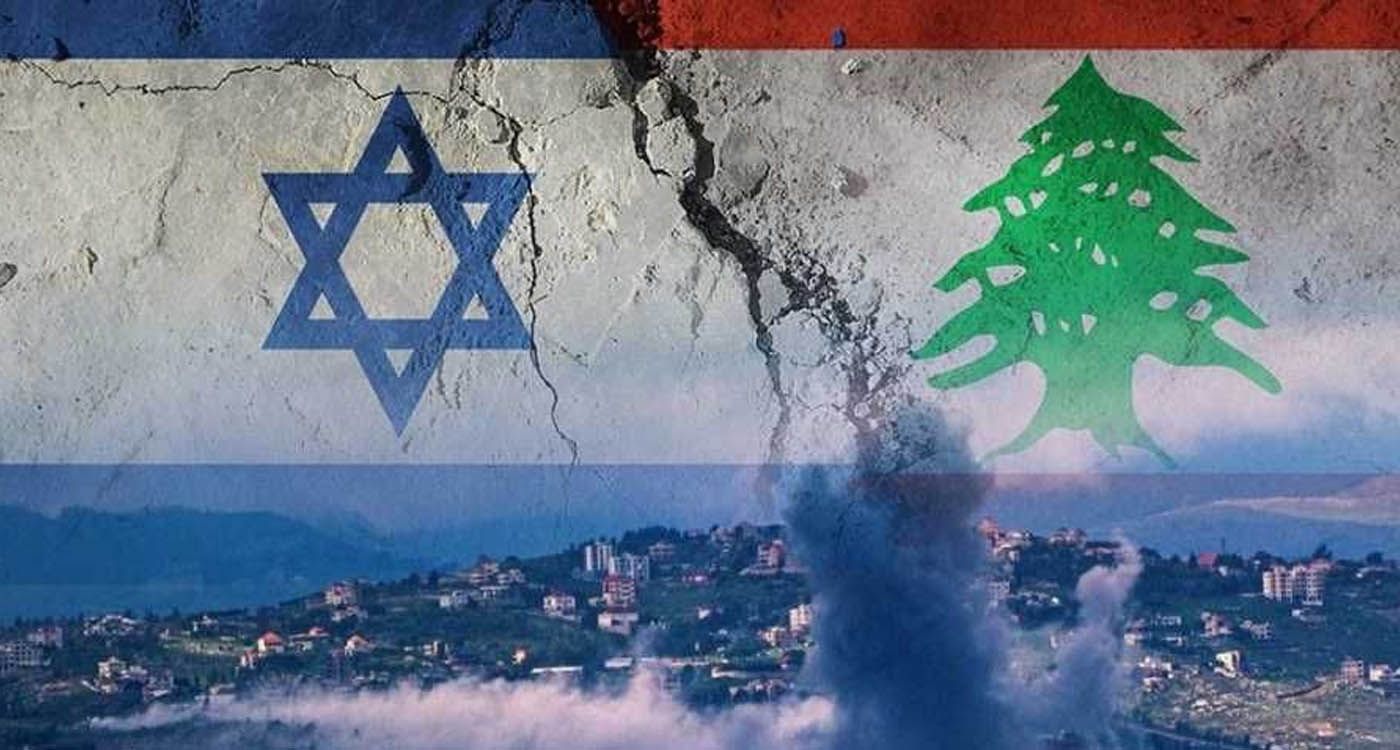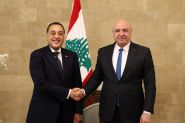
As negotiations to end hostilities between Israel and Hezbollah advance, terms like truce, ceasefire and withdrawal are at the forefront. This is Beirut offers a comprehensive guide to clarify these concepts, which intersect both military and political realms.
Tuesday saw significant developments on the battlefield between Hezbollah and Israel. After intense discussions led by US special envoy Amos Hochstein, the Lebanese government was prepared to announce a ceasefire on Wednesday morning from the Grand Serail.
In Israel, a meeting of the security cabinet — rather than the full government — was ultimately held after being abruptly canceled earlier in the day by Prime Minister Benjamin Netanyahu. Will Tel Aviv approve the agreement in line with the US-drafted roadmap?
The US proposal reportedly includes 13 key provisions, featuring a 60-day truce, a phased Israeli withdrawal and the deployment of the Lebanese Army and UN peacekeepers south of the Litani River.
Imminent, delayed or uncertain — what exactly defines a ceasefire agreement? Does it mean the end of war?
Ceasefire, Truce or Armistice?
There is no universally agreed-upon definition of a ceasefire, according to the United Nations Department of Political and Peacebuilding Affairs (DPPA). In negotiations, the specifics of a ceasefire are determined by the parties involved, tailored to their unique context. Broadly, a ceasefire is defined as “a formal, written agreement between two or more conflict parties,” specifying “prohibited and permitted military and non-military activities,” “the geographical areas of application” and the exact date and time it takes effect. It may also include “mechanisms for monitoring and verifying compliance.”
Terms such as cessation or suspension of hostilities, truce and armistice are often used interchangeably to describe “situations where conflict parties agree, formally or informally, to halt military operations,” the DPPA explains.
However, “cessation of hostilities agreements are generally less structured than ceasefire agreements, which typically include detailed provisions on objectives, timelines, security arrangements and monitoring mechanisms.” The level of detail, regardless of the agreement's official title, varies in practice, as highlighted in the DPPA’s guide, Guidance on Ceasefire Mediation.
“Ceasefires are not bound by a rigid framework but operate within a flexible set of technical, thematic and political parameters,” notes the DPPA. These parameters, shaped by the specific context, make ceasefires inherently “political in nature.”
This is why terms such as normalization, stabilization, cessation or withdrawal are used “depending on preferences, as well as the political, cultural and contextual sensitivities associated with the conflict.”
According to the United Nations Office for the Coordination of Humanitarian Affairs (OCHA), a ceasefire aims to “facilitate dialogue between the parties, with the potential to reach a lasting political resolution.”
In other words, a ceasefire is an agreement that outlines “the conditions for suspending or halting hostilities, with each party maintaining its position,” as explained on the Vie publique website, managed by the French Directorate of Legal and Administrative Information (DILA). This organism, under the French Prime Minister's office, further clarifies that extending a ceasefire “can, in certain cases, effectively bring an end to the war… It may either preserve the status quo, leaving the underlying dispute unresolved, or lead to the eventual signing of a peace agreement.”
Additionally, the DILA highlights that a ceasefire can be imposed by a decision of the United Nations Security Council and may be accompanied by the deployment of a multinational force, as was the case in Lebanon. UN Security Council Resolution 1701, adopted in 2006, ended the 33-day war between Hezbollah and Israel. Furthermore, the United Nations Interim Force in Lebanon (UNIFIL), which includes international troops, was established in 1978 following the armed conflict in southern Lebanon with Israel, where it has remained deployed ever since.
As you may have gathered, a ceasefire does not necessarily signal the end of an armed conflict. Legally, a ceasefire or truce does not terminate the state of war. For that to occur, a peace agreement must be reached, which may be preceded by a ceasefire agreement. “Ceasefires offer an excellent opportunity to lay the groundwork for peace talks that are inclusive and comprehensive,” says Rosemary A. DiCarlo, Assistant Secretary-General of the DPPA.
However, without such an agreement the war could resume once combat capabilities are rebuilt, as the root causes of the conflict remain unresolved.
Monitoring and Verification Mechanism
The DPPA defines monitoring as the “process of tracking compliance with an agreement through visual and technical observation, as well as the collection of information and reports from various sources.” In this framework, verification is used to “authenticate incidents or actions to determine whether the conduct of one or more parties to the conflict aligns with the provisions of the agreement.”
In the case of the ceasefire agreement in Lebanon, the US roadmap proposes the establishment of an international committee (comprising the United States, France, Israel, Lebanon and UNIFIL) to oversee the implementation of Resolution 1701. This resolution primarily calls for the withdrawal of Hezbollah forces to the north of the Litani River, the enforcement of strict border controls to prevent arms shipments that could allow the group to rearm and the deployment of additional Lebanese Army troops alongside UNIFIL forces south of the Litani.
According to the DPPA’s guide, when “verified incidents are considered violations of an agreement, and the agreement’s provisions mandate an investigation in such cases, an inquiry may be initiated to establish accountability.” Investigations are, in fact, a core component of the verification process.




Comments